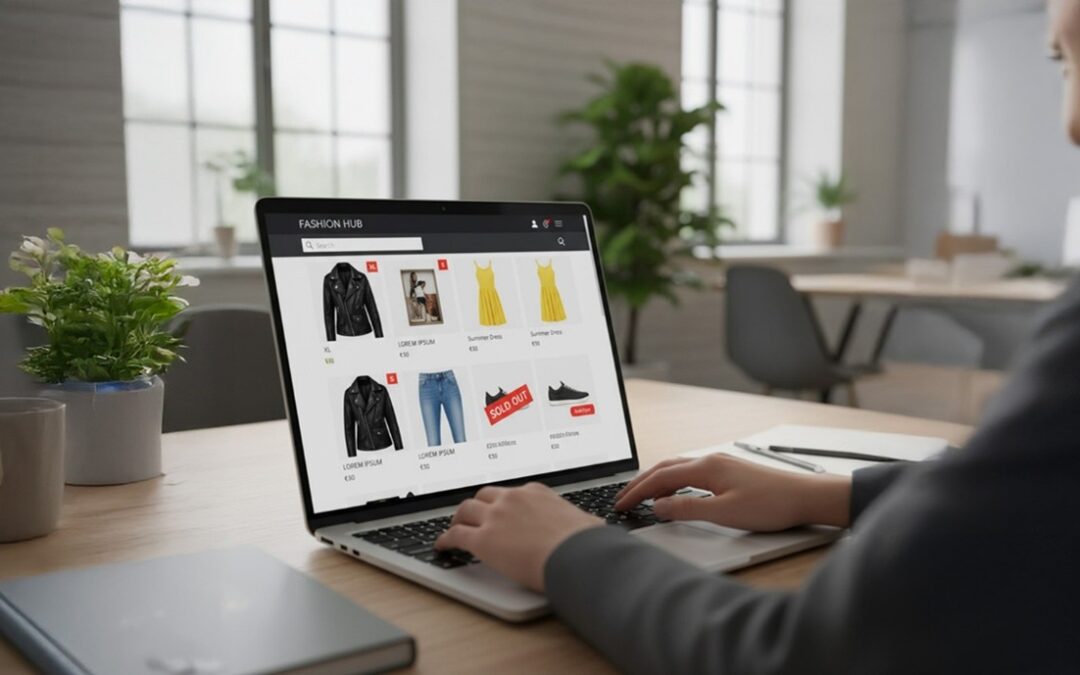Why not Just Stick with a Monolith?
From within a standard monolithic platform, you’re in a place where you can view everything fairly easily, promotions, page layouts, tooling etc. This makes most people’s jobs reasonably easy, log on once and do all the things you need to do. You might have everything in a monolith, but you don’t necessarily need everything, often in a monolithic while you have access to everything, you use little.
Monolithic platforms are good as they provide simple to use tools for managing content, for some this is enough. However, they are bad as they restrict you to specific ways of rendering the content, which doesn’t support agility and ability to quickly launch new channels. New components must be custom made whenever you want to do anything new or not included in the standard format of template pages.
Even if you have 100% capability within a monolithic, you might have certain roles in your business which only use 10-20% of the monolithic capacity and most importantly they can also only do about 25% of what they want to do within that due to the rigidity of their workflow. So, while a lot of the technical capabilities might be there the speed of deployment is bottle necked by the monolithic infrastructure.
In a traditional monolithic ecommerce model, new experiences (components/templates/pages) can require updates to both the front and back-end system, which can often turn even small changes into a huge undertaking requiring planning over many weeks.
How Headless Empowers you
What does a headless approach give you? Simply put it gives you freedom and a real depth of capability.
A fair amount of the value headless provides is dependent upon the tooling itself and how that tooling has been adopted in the business. There is very real value to be had, but only by clearly developing your roadmap to processes & people to add the value. This value is then realised in the form of enriched customer experiences and enhanced agility.
Splitting the frontend from the backend enables you to acquire the best tooling for your business. For example in some CMS’s content delivery and the content management are merged into a single tool from which you can manage the whole process, as such, you provide a stronger management capability and your organisational structure can change to reflect it.
Ultimately from a business perspective the benefits you get are baked into the tools you pick and how easy they are to manage. Having a best of breed headless approach to the world with a headless storefront enables a greater degree of control over it. Having page builder type styling allows your operational teams more freedom to be able to change any given element on a particular page. This lets you build more efficient, more defined customer journeys, as you have greater flexibility to vary your storefront to the specific client base, channel and region which you’re dealing with.
Headless is an enabler, it enables new capability and creativity within your business while allowing your business to focus on the core elements which promote the brand.
Define Your Brand Styling
When adopting a headless, composable approach you must make sure there’s clear thought about your brand styling. Headless commerce empowers by giving you full control over how you represent your brand, with that comes a greater need to have a clear brand definition which can be adopted across the client base, channels and regions your brand will trade. This then requires thought on how the tooling will support this complete brand presence across all these touchpoints.
When you start to pick technology for your frontend you need to understand your brand styling and how that informs the structure and components you want on those pages so that you have something to assess the technology solution that you select.
This definition is needed beforehand so that you can pick the best possible solution to meet your brand and work within that brand styling to make sure the chosen solution has everything you want and aligns customer experience with brand strategy. It’s important to know what it is you’re aiming for, both now and in the future.
If you’re international and have people in multiple countries working on different variations of your site you want to ensure that your teams can easily manage the common elements whilst giving them flexibility to vary the customer experience to the specific of the region and obviously your channels. This helps to give a consistent experience which drives brand awareness.
Best of Breed
What does best of breed get you in composable architecture? Best of breed allows you to narrow down what you do best and then build around that, allowing for deep capability over a traditional monoliths broad but shallow approach. You aren’t nearly as limited. It also allows you to select the best solution for the specific challenges you have.
Your level of informed awareness increases due to the newer technologies’ integration with machine learning and AI, their focused approach allows you to examine far more specific data sets and sample sizes.
Once you’ve selected best of breed applications you can then create a unified experience across your toolsets for your employees. The biggest drawback is that you must create things yourself, you don’t have an out of the box starting point that a monolith provides, but with the right tooling you have something that provides greater flexibility. This can increase the initial costs but with the right business planning and organisational structure the business can react to customer changes and demands much quicker than before.
If you decide to develop a full best of breed technology stack you’ll be using 100% of it and its easier to enhance in the future. It also now allows the business to do what they’ve always wanted to; deploy innovations quickly while meeting customers where they want and when they want.
If you want to learn more about how headless can empower you from both a technological and operational perspective talk to us today!





